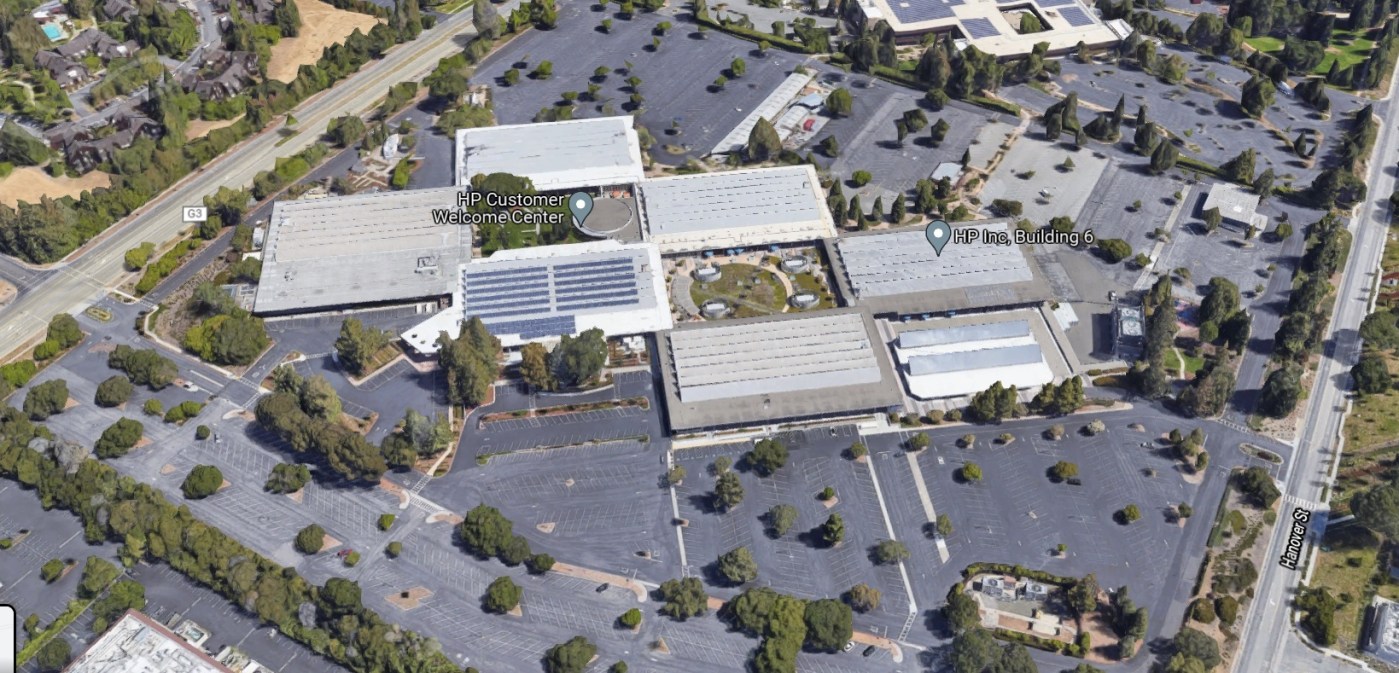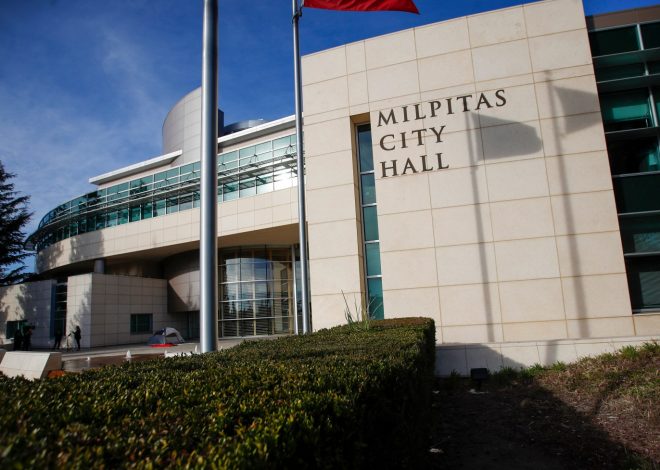
Palo Alto advances rezoning parts of Stanford Research Park for housing
The Palo Alto City Council took steps this week to address a housing shortage in one of Silicon Valley’s key cities, advancing two major initiatives aimed at expanding available options and filling a need that affects much of the Bay Area and state.
The council Tuesday approved plans to remove “conditional use” zoning restrictions in order to build at Stanford Research Park for residential use. Councilmembers also endorsed a separate seven-story affordable housing project to be built on a downtown parking lot.
Palo Alto is among many cities facing pressure to meet its state-mandated goal of constructing more than 6,000 housing units by 2031.
The 700-acre business park affected by the zoning change is owned by Stanford University, Silicon Valley’s largest landowner, and is home to major companies like Tesla, HP, Rivian, and Google.
“I’m enthused about this and have been looking forward to it for years,” said Councilmember Patrick Burt.
The change applies only to sites not covered by the city’s hazardous materials ordinance and mandates a conditional use permit for housing proposals within 600 feet of a hazardous facility.
Despite this progress, construction in the area is unlikely to begin before the current housing cycle concludes in 2031. The ordinance aligns with the city’s commitment in its housing plan, which it committed to remove conditional use requirements for residential projects in the research park by the end of this month, and to collaborate with Stanford University on identifying potential housing sites by the end of 2025.
Across California, the Department of Housing and Community Development has been pressuring cities to comply with housing laws to accelerate home construction.
Silicon Valley, with its high concentration of jobs, faces particularly intense scrutiny.
Related Articles
San Jose is 5 months late adopting state auditor’s homelessness recommendations
After SCOTUS ruling, Bay Area big cities vowed to close more homeless camps. But have they ramped up sweeps?
Menlo Park takes next step to allow housing to replace downtown parking lots
Apartment giant Greystar facing FTC lawsuit over misleading rental fees
Vacant Kmart site named one of the Concord’s first targets in rezoning push to 1,000 new housing units
Last year, state regulators decertified neighboring Portola Valley‘s housing plan, leaving it vulnerable to the “builder’s remedy.” This rule allows developers to bypass local zoning if 20% of a project’s units are affordable. Noncompliant cities also risk losing access to state and federal grants.
In addition to the research park initiative, the council unanimously backed a plan to develop an 80-unit affordable housing project on a city-owned lot downtown on Lytton Avenue and Kipling Street. The project, to be built by Alta Housing, is part of Palo Alto’s broader effort to convert parking lots into residential developments, as outlined in the city’s housing plan.
Although opposition to parking Lot T’s conversion to housing has been minimal, similar proposals in neighboring Menlo Park have encountered significant resistance.
In Palo Alto, however, the debate largely has centered on balancing parking needs with housing goals.
Charlie Weidanz, CEO of the Palo Alto Chamber of Commerce, urged the council to prioritize parking considerations in its final plans.
“Parking and vehicular access are top priorities for retail,” Weidanz said. “Please be thoughtful about how these initiatives impact businesses. Public short-term parking is critical for the success of retail. Consider other properties that could be used for parking.”
Housing advocates, meanwhile, pressed the council to accelerate its efforts, emphasizing the urgent need for additional developments. Amie Ashton, representing the community group Palo Alto Forward and a cycling advocate, called for accelerated approval of additional downtown housing projects.
“I say yes in my backyard,” Ashton said during public comment on Tuesday. “We need 300 units entitled in the next few years downtown to meet our housing element goals. Proceeding even with initial steps at several sites could yield significant results.”
Ashton also encouraged the city to promote cycling, walking, and public transportation.


